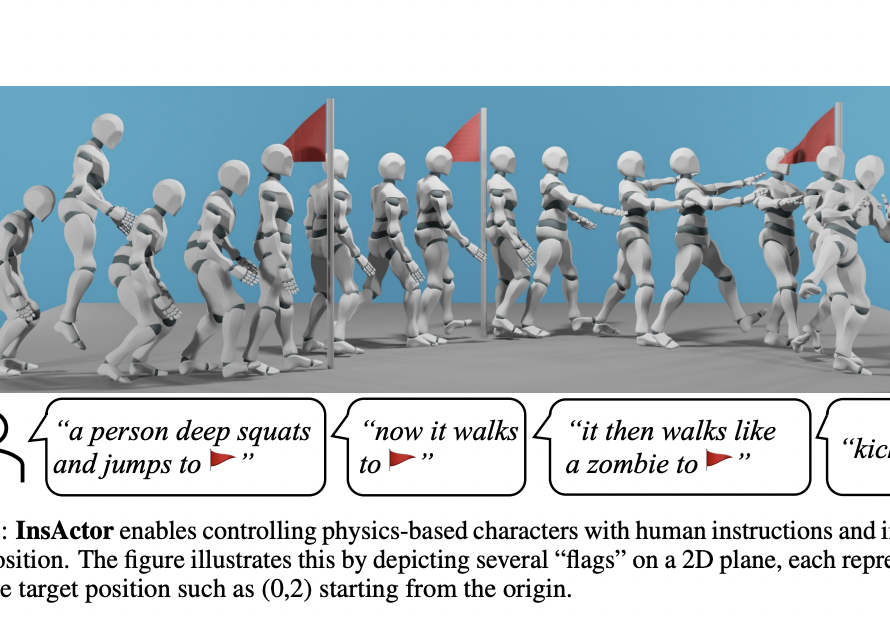[ad_1]
In the rapidly evolving domain of augmented and virtual reality, creating 3D environments is a formidable challenge, particularly due to the complexities of 3D modeling software. This situation often deters end-users from crafting personalized virtual spaces, an increasingly significant aspect in diverse applications ranging from gaming to educational simulations.
Central to this challenge is the generation of 3D room meshes that are detailed, high-quality, realistic in their spatial configurations. Current automatic generation techniques frequently fail in this regard, leading to rooms that defy common spatial logic with repeated or awkwardly placed objects. This issue is predominantly due to the reliance on iterative inpainting strategies focused on local contexts, which need a global room layout and design perspective.
Emerging as a solution to these limitations is ControlRoom3D by researchers from Meta GenAI, RWTH Aachen University, and the Technical University of Munich, an AI method that revolutionizes how 3D room meshes are generated. At the core of this method lies the concept of a 3D semantic proxy room, an innovative approach where users can define a rough layout using semantic bounding boxes. This proxy room serves as a guiding framework, enabling the generation of 3D meshes that are not only diverse but also align seamlessly with the predefined layout.
The uniqueness of ControlRoom3D lies in its multi-faceted approach, combining various technical components to generate coherent and plausible room layouts. One of the primary elements is the guided panorama generation, a process that constructs a comprehensive 360-degree view of the room. This panoramic view is crucial in establishing a consistent style across the room, addressing the style drift issue common in methods that rely on incremental inpainting.
Another critical component is the geometry alignment module. This module uses the spatial dimensions of the 3D bounding boxes within the proxy room to align the generated 3D textures with the intended room layout. By optimizing the depth predictions of these textures, ControlRoom3D ensures that the final mesh aligns accurately with the proxy room’s geometry, thus maintaining the plausibility of the room’s spatial arrangement.
The final step in ControlRoom3D’s methodology is mesh completion. After the initial panorama generation and geometry alignment, the method focuses on refining the room mesh by filling in missing areas. This is achieved by combining inpainting techniques and depth alignment, seamlessly integrating new textures into the existing mesh structure. The result is a complete, high-resolution 3D room mesh that matches the user’s design intentions and exhibits high structural completeness.
The efficacy of ControlRoom3D is underscored by its performance in generating plausible 3D room meshes. It demonstrates superior capability in layout plausibility, structural completeness, and overall perceptual quality compared to existing methods. This is confirmed through extensive user evaluations and quantitative metrics, highlighting ControlRoom3D’s advancement over traditional room mesh generation methods.
In conclusion, ControlRoom3D marks a significant stride in creating a 3D environment. By enabling users to control the mesh generation process, it democratizes the creation of 3D rooms, making it accessible to individuals without specialized knowledge in 3D modeling. Its ability to produce high-quality, realistic 3D room meshes has implications for AR and VR applications and a broader range of fields where 3D modeling plays a crucial role. This method opens up new possibilities for personalizing virtual spaces and enhancing user engagement and creativity in 3D environment design.
Check out the Paper and Project. All credit for this research goes to the researchers of this project. Also, don’t forget to join our 35k+ ML SubReddit, 41k+ Facebook Community, Discord Channel, LinkedIn Group, and Email Newsletter, where we share the latest AI research news, cool AI projects, and more.
If you like our work, you will love our newsletter..
Sana Hassan, a consulting intern at Marktechpost and dual-degree student at IIT Madras, is passionate about applying technology and AI to address real-world challenges. With a keen interest in solving practical problems, he brings a fresh perspective to the intersection of AI and real-life solutions.
[ad_2]
Source link



